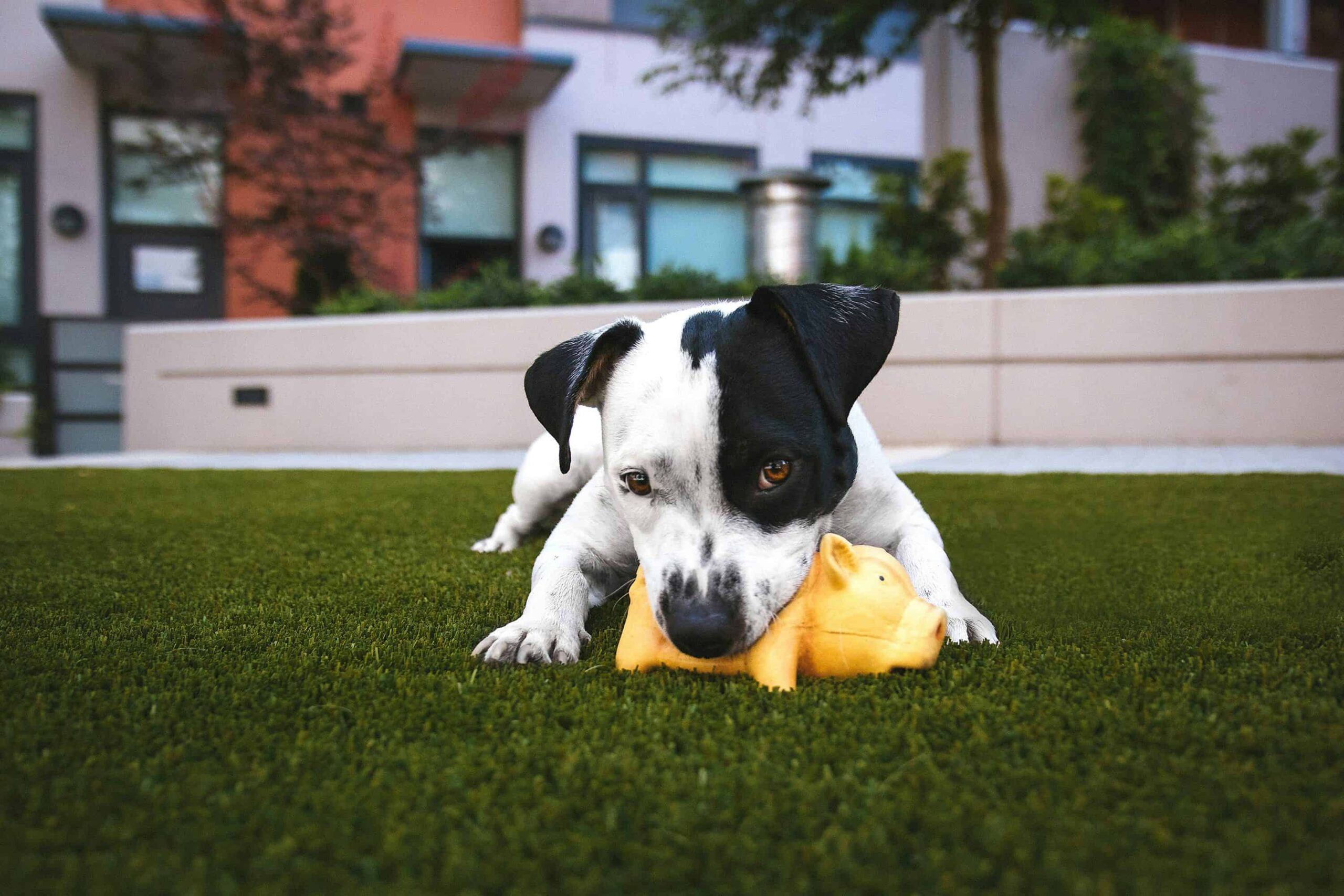Shared outdoor areas are the heartbeat of multi-family living communities. Whether it’s a small courtyard, a rooftop lounge, or an open lawn between buildings, these spaces serve as gathering points, play areas, and relaxation zones for residents. But managing and maintaining these green areas can be a complex and costly challenge—especially when the goal is to keep them looking good year-round.
This is where artificial grass has become a strategic solution for multi-family properties. Unlike natural turf, which struggles under constant use and inconsistent weather, synthetic alternatives offer lasting visual appeal, reduced maintenance demands, and increased functionality. For decision-makers aiming to improve property value and resident satisfaction, installing the finest artificial grass in communal spaces is no longer a luxury—it’s a smart, scalable investment.
Shared Spaces, Shared Expectations
In apartment complexes, townhome communities, or co-op buildings, green space isn’t just an amenity—it’s often a selling point. Residents expect outdoor areas to be clean, accessible, and visually inviting. However, high foot traffic, pets, and variable weather patterns can quickly wear down natural grass, resulting in bald patches, muddy spots, or unusable terrain.
Artificial turf addresses these pain points. It retains its form and appearance even under heavy use, providing a consistent, durable surface for residents to enjoy. More importantly, it helps property owners deliver on visual expectations without the unpredictability and maintenance headaches of traditional lawn care.
The Value of Durability in High-Traffic Environments
Communal lawns in multi-unit properties serve a wide range of purposes: casual lounging, pet relief zones, yoga sessions, children’s play areas, or even social events. This level of activity takes a toll on natural grass, which simply isn’t designed to bounce back so easily.
Synthetic turf offers a distinct advantage in these conditions. Its construction—featuring reinforced backing, UV resistance, and densely packed blades—ensures that it holds up over time without turning patchy or worn. For spaces that must be reliable day in and day out, the finest artificial grass delivers both performance and longevity.
Turf also supports quick drainage, which prevents puddles and keeps surfaces usable immediately after rain. This is especially beneficial for multi-family developments in climates with inconsistent weather.
Maintenance Efficiency for Property Managers
Keeping shared outdoor areas clean and attractive can be resource-intensive. Natural grass needs weekly mowing, fertilization, pest control, and irrigation—not to mention seasonal reseeding or aeration.
Artificial turf, on the other hand, drastically reduces this workload. Basic maintenance includes occasional brushing to lift the fibers and light cleaning to remove debris or pet waste. With the right system in place, even large installations remain tidy with minimal input.
This low-maintenance advantage frees up labor, lowers operational costs, and ensures fewer disruptions for residents. Over time, it creates operational efficiencies that benefit both management teams and HOA boards tasked with budget oversight.
Environmental and Aesthetic Considerations
Sustainability is no longer a niche concern—it’s a major consideration for developers and renters alike. Green building certifications, water conservation efforts, and energy-saving materials are all part of the evolving standard for residential communities.
Artificial grass supports these sustainability goals. It eliminates the need for irrigation systems and pesticides, saving thousands of gallons of water per year. With the finest artificial grass, you also gain UV-stable color that doesn’t fade over time, ensuring a fresh, vibrant appearance without chemical support.
When paired with native plants, pavers, or smart landscape lighting, turf contributes to a clean, modern aesthetic that residents appreciate and developers can promote. It’s an easy way to improve outdoor visibility and curb appeal, especially in high-density areas where natural lawns are difficult to maintain.
Pet-Friendly Installations
In pet-friendly housing communities, artificial turf plays a dual role. It provides a comfortable, clean area for pets to play and relieves property managers of the burden that natural grass upkeep brings in these zones.
With proper drainage and antimicrobial infill, turf remains odor-resistant and hygienic. It’s also more resilient to digging or urine damage compared to real grass. This makes it ideal for designated dog relief areas or multi-use courtyards.
Many developments now include fenced dog parks or “pet patios” covered in turf—giving four-legged residents a space to run and their owners a cleaner, more pleasant experience.
Rooftops, Balconies, and Creative Applications
Space is at a premium in urban developments, and artificial grass helps maximize it. Rooftops, balconies, and terraces can be transformed into functional greenspaces without the need for soil, irrigation, or structural reinforcement.
The lightweight nature of turf allows for installation on raised surfaces without adding significant load, making it ideal for:
- Rooftop lounges
- Shared dining areas
- Private patios
- Poolside lounges
These installations extend usable living space in ways that natural landscaping simply can’t. For property owners, this means turning underutilized zones into highly desirable features with little ongoing cost.
Budgeting and ROI Considerations
Installing artificial turf requires upfront investment, but the long-term savings are notable. Reduced water bills, fewer service contracts, and lower maintenance equipment costs can add up quickly.
Additionally, communities that maintain visually appealing, functional outdoor spaces often see better tenant retention and lease renewal rates. Residents place value on amenities that improve quality of life, and shared greenspaces rank high on that list.
By choosing the finest artificial grass available, property managers ensure fewer replacements or repairs—protecting their investment and reducing downtime.
A Modern Upgrade That Lasts
Today’s renters and homeowners expect more than just a roof over their heads—they expect thoughtful, functional, and well-maintained environments. Artificial grass meets these expectations while supporting the realities of managing multi-unit properties.
From small courtyards to expansive rooftops, turf adapts to a variety of community needs. It brings design flexibility, durability, and ease of care, making it one of the most effective upgrades for shared outdoor areas.
For developers, designers, and property managers looking to stay ahead of expectations, a partnership with a trusted provider ensures access to high-performance products that balance form, function, and sustainability.

